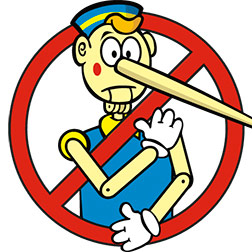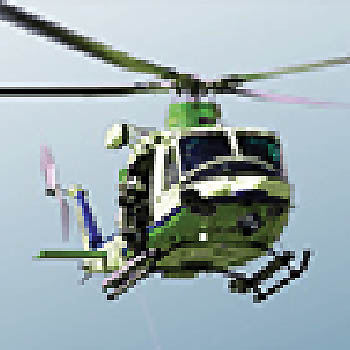Month: December 2012
Developing Honest And Effective Messaging
 Are you writing/designing/exhibiting/strategizing to reach and engage your intended audience of prospects in the most effective ways possible? Or are you doing what is expected and what you believe you can sell internally?
Are you writing/designing/exhibiting/strategizing to reach and engage your intended audience of prospects in the most effective ways possible? Or are you doing what is expected and what you believe you can sell internally?
If you are developing communications for the boss you are missing the mark — and missing a great opportunity to demonstrate expertise and deliver a marketing program that really works.
Successful marketers are fearless and confident. Are you? Tell the truth, or Santa will leave you a lump of coal.
The True Cost of Creativity
 Except for the very smallest of jobs, creative fees are always a small fraction of total costs (printing, media, etc.). The incremental difference between having professional, outside support or not will typically only increase costs from 5 to 10% on a small brochure or ad, and less than 1% on an annual report or multi-page web site. When the true costs of internal preparation — salaries, overhead, lost productivity— are added up, outside services nearly always cost less, not more. What’s more, external specialists likely have more refined skills than internal resources. Viewed from the bottom-line perspective, a small additional investment in design and writing quality produces an ROI that is sure to warm the heart of even the toughest CFO.
Except for the very smallest of jobs, creative fees are always a small fraction of total costs (printing, media, etc.). The incremental difference between having professional, outside support or not will typically only increase costs from 5 to 10% on a small brochure or ad, and less than 1% on an annual report or multi-page web site. When the true costs of internal preparation — salaries, overhead, lost productivity— are added up, outside services nearly always cost less, not more. What’s more, external specialists likely have more refined skills than internal resources. Viewed from the bottom-line perspective, a small additional investment in design and writing quality produces an ROI that is sure to warm the heart of even the toughest CFO.
Sincere thanks to Cameron Foote of Creative Business, who gave BDN permission to share his thoughts on the true cost of creativity.
Keeping Up With The Joneses: Analysis On B2B Marketing Spending
 How much are other B-to-B companies spending on marketing?
How much are other B-to-B companies spending on marketing?
40% report marketing budgets of under $1 million
21% report marketing budgets ranging from $1 million to $4.9 million
17% spend $5 million or more
Where are they spending their money?
Trade shows: 20% of budget
Television Advertising: 17%
Print Advertising: 15%
Inside Sales: 14%
Direct Mail: 14%
This information was gleaned from a survey of dedicated marketing executives in B-to-B businesses with revenues ranging from less than $100 million (nearly half of respondents) to $1 billion or higher. 35% of respondents described their businesses as Manufacturing, High-Tech, and Primary Production.
How much are you spending? How does your budget measure up?
Source: MarketingProfs Research Insights, MarketingProfs, LLC
Technical Tip: Photography Resolution
 Resolution matters.
Resolution matters.
We dislike having to tell clients that the photos they have sent us are not large enough to work for the intended use. Here’s a very basic guide that may help.
For typical press releases, a photo/file of 5” x 7” @ 300ppi is sufficient.
Photos for printing with stories in magazines, for creation of advertisements, or for brochures should be 300ppi at the size they will be used, or larger. Photography for trade show graphic panels should be as large as you can get them – and usually that’s not really enough resolution to adequately support the finished size. If you can manage 100ppi at the size used on the panel, that’s just right.
Files may be RGB .jpg files if saved at the highest quality setting. Your printer will want CMYK, but those don’t compress well and the file size is larger for the same image.
Photos downloaded from the web after a Google search are generally not of high enough quality to be used for anything more than a placeholder, and are usually copyrighted and cannot be used commercially without permission.




